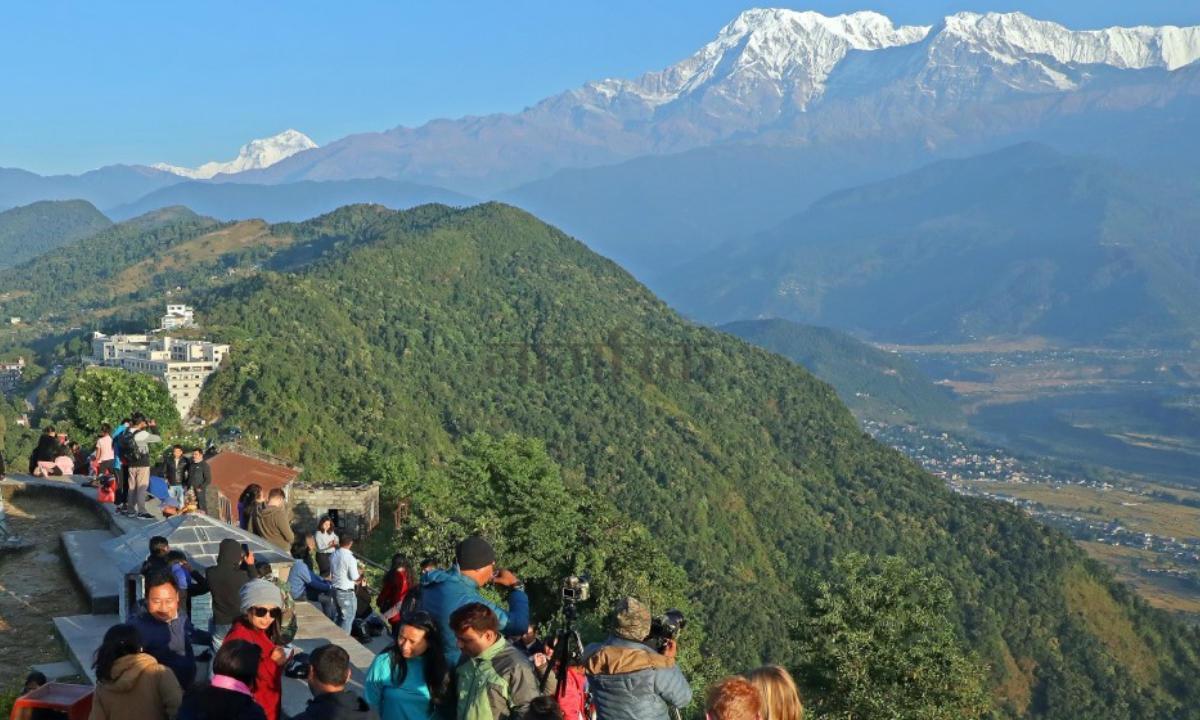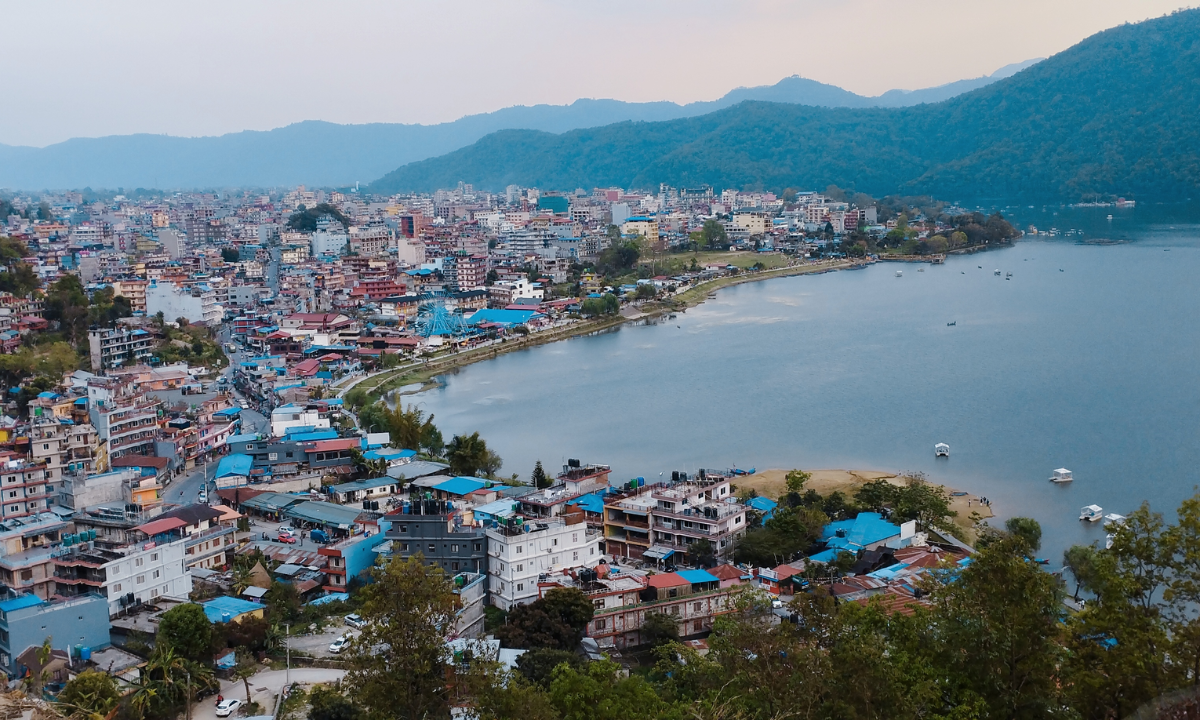People traverse borders, seeking respite from the monotony of daily life, finding solace in the exploration and appreciation of distinctive natural, cultural, and historical marvels.
Nepal, with its abundant riches, stands as a coveted destination for travelers. However, despite its allure, Nepal has struggled to capitalize on its tourism potential.
Internationally renowned for Mount Everest, Lumbini – the birthplace of Gautam Buddha, its myriad temples, and its historical significance as a hub on the hippie trail of the 1970s, Nepal possesses a tapestry of attractions. These unique facets, along with its contemporary narrative, serve as the cornerstone of its tourism sector. It’s often said that while “Heaven is a myth, Nepal is real.”
One might assume that a country boasting such natural and cultural splendors would derive a substantial portion of its revenue from tourism. However, Nepal’s reality diverges sharply from this expectation. The tourism sector contributes less than a tenth to the national income. This disparity becomes starker when compared to nations like the Maldives, where tourism significantly bolsters the GDP, despite its relatively smaller size and focus on oceanic attractions.
Moreover, the significance of tourism in Nepal’s economy dwindles further when considering the substantial contribution of remittances, which account for over 20 percent of the GDP. The prevalence of foreign employment among Nepalese diminishes the impact of tourism-related activities on the economy. Even if the workforce in the tourism sector were to migrate abroad, the economic ramifications would be minimal, as remittances overshadow the sector’s contribution.
While recent reports of a million tourists entering Nepal may seem promising, they belie a sobering reality. The influx of tourists primarily benefits foreign airline companies, as tourists spend meager amounts during their stay, averaging less than $40 per day. This lack of expenditure nullifies the employment opportunities created within the tourism industry, as the sector fails to entice tourists to increase their spending.
This stagnation within the tourism industry is not due to a dearth of potential but rather the government’s apathy towards its development. By providing increased support and subsidies to the tourism sector, the government could stimulate higher expenditure by tourists. Targeted interventions have the potential to augment tourist spending by $50 to $60 per day, injecting over $60 million into the economy and amplifying the industry’s economic footprint. Such initiatives hold the promise of yielding substantial benefits for both the tourism sector and the broader economy.





